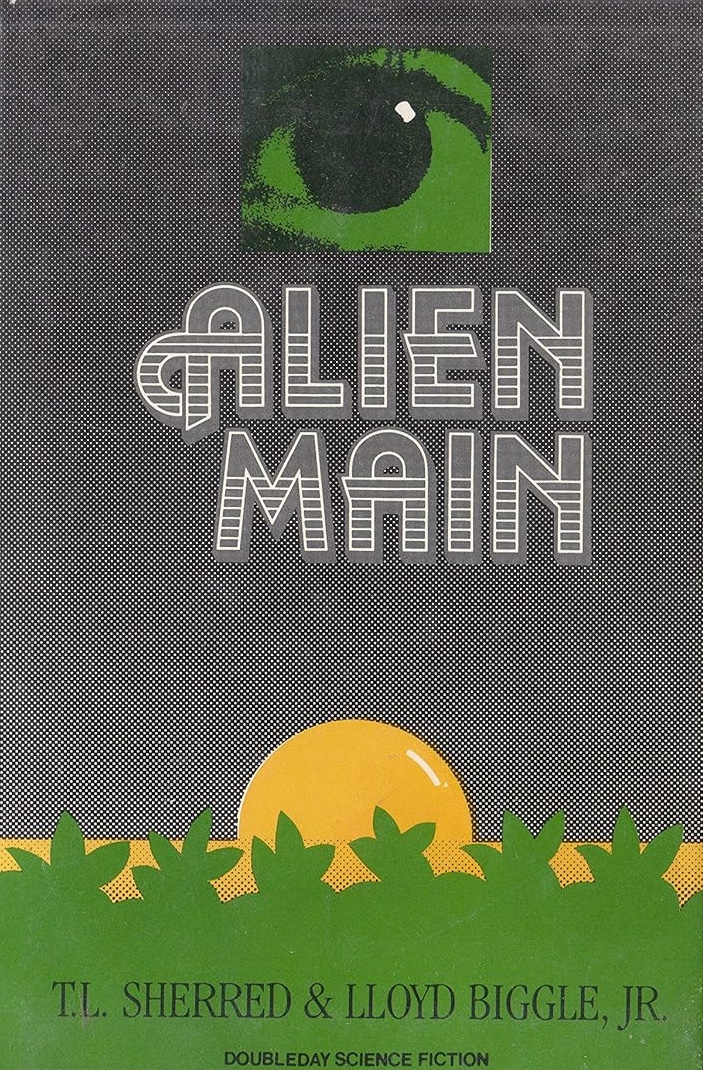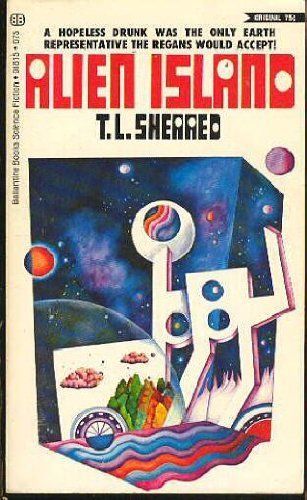
Part of Series
On screen, the city lay shimmeringly beautiful in the morning sun. For a suspenseful moment we contemplated the confidently proud splendor, the towers and spires reared high, the orderly veins of traffic radiating to the city’s horizons, the comic clusters of scurrying transportation microbes, the buildings of all descriptions arranged in a miraculous patchwork mosaic that only high civilization can achieve. Suddenly a grotesquely misplaced sun filled the screen, and the city dissolved in its death glow as the nuclear storm broke over it with the fury of a smashing, incandescent fist. Towers and spires toppled, streets were obliterated, and the writhing landscape vanished in a convulsive eruption of smoke and dust. Then we were shown a close-up view. The revelation that there were people down there came as a shock. Those unfortunate enough to survive the force of the explosion were incinerated in the hideous afterglow of radiation. Even in death and torment, Earth’s people looked surprisingly human. I realized with horror that the world on the screen was part of MY history and that I was watching my ancestors die…
Authors
Biggle was born in 1923 in Waterloo, Iowa. He served in World War II as a communications sergeant in a rifle company of the 102nd Infantry Division; during the war, he was wounded twice. His second wound, a shrapnel wound in his leg received near the Elbe River at the end of the war, left him disabled for life. After the war, Biggle resumed his education. He received an A.B. Degree with High Distinction from Wayne State University and M.M. and Ph.D. degrees from the University of Michigan. Biggle taught at the University of Michigan and at Eastern Michigan University in the 1950s. He began writing professionally in 1955 and became a full-time writer with the publication of his novel, All the Colors of Darkness in 1963; he continued in the writing profession until his death.
